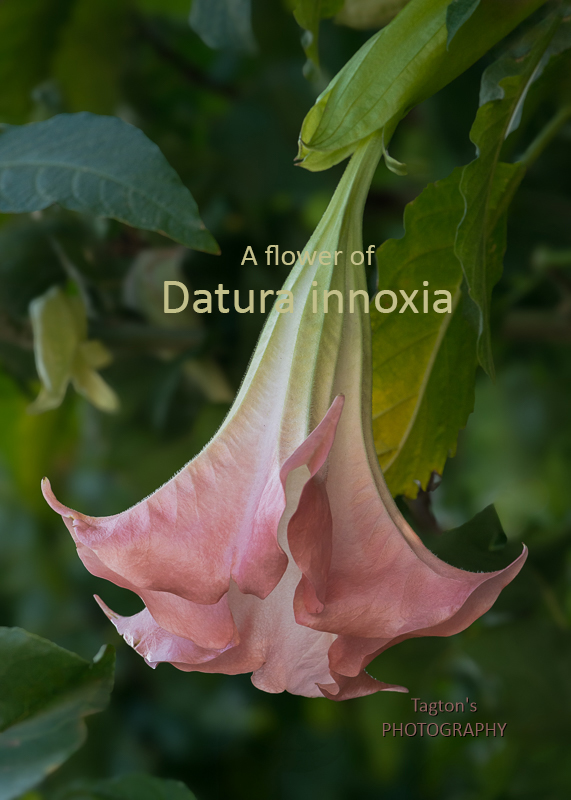 |
| DSCN3088 [Galanthus reginae-olgae] |
Galanthus reginae-olgae is a rare flowering plant
that grows in Sicily and parts of the Balkans.
In Greece, we find it mainly on Mt. Taygetos in the Peloponnese
and since 2009 on one spot on Mt. Hymittos in Attica.
Unfortunately, my repeated visits there in the last 3 or 4 years
to take some new pictures have remained fruitless.
Obvious human intervention on the spot
for the prevention of forest fires in the area
may have led to the flower’s extinction from that spot.
Ironically, it is included in “The Red Data Book of Rare
and Endangered Plants of Greece” (published in 1995).
I hope it can manage to survive at least elsewhere.
Its pendant white flowers (about 15–35 mm long) appear in Autumn,
in altitudes up to 1300m. usually on wet, shady woodland environments.
On the other hand,
it is also cultivated in gardens as an ornamental plant.
The name “Galanthus” comes from the Greek language
and means “a flower having the color of milk”,
while the name “reginae-olgae” comes from Latin
and refers to Queen Olga, once queen of Greece.
 |
| DSCN3095 [Galanthus reginae-olgae] |
The two pictures above are from Mt. Taygetos…
 |
| DSCN4152 [Galanthus reginae olgae] |
…while this one is from Mt. Hymittos.
Perhaps it’s needless to say, but I’ll do so, just in case,
that the leaves of this species are 5-12 mm wide.
Consequently,
the leaf present at the bottom of this picture was unintentionally included in the frame
and has nothing to do with Galanthus. Sorry.











































